In today’s fast-paced digital landscape, understanding market trends is crucial for businesses looking to stay ahead. Whether you’re a data analyst, business owner, or marketer, trend analysis tools powered by AI are revolutionizing how we interpret data and make strategic decisions. This blog post will introduce you to the top trend analysis software AI tools, explore their benefits, and guide you on selecting the best fit for your needs. Get ready to transform raw data into meaningful insights that drive success.
Table of Contents
Understanding AI-Powered Trend Analysis Tools
AI-powered trend analysis tools sift through massive datasets to uncover patterns that human eyes might miss. These sophisticated tools automate the analysis process, providing insights faster and with greater accuracy. For data analysts, marketers, and business owners, this means making informed decisions based on real-time data. By leveraging AI, these tools reduce the time spent on manual data processing and increase the precision of trend predictions.
The core of these tools lies in their ability to learn from data. Machine learning algorithms analyze past and present data to predict future outcomes. This feature is invaluable for businesses aiming to anticipate market shifts, understand customer behavior, and optimize their strategies. Imagine having a digital assistant that not only processes data but also tells you what it all means and how it can impact your business.
Furthermore, these tools often come equipped with user-friendly interfaces. This accessibility means that even those with minimal technical expertise can harness the power of AI to gain insights into their operations. The democratization of data analysis empowers everyone in the organization to contribute to data-driven decision-making.
Benefits of Trend Analysis AI Tools
The benefits of integrating AI-driven trend analysis tools into your operations are manifold. Firstly, they significantly enhance efficiency. Automated data processing minimizes the margin for error, ensuring that your insights are both timely and reliable. This efficiency translates into better resource management, allowing your team to focus on strategy rather than data crunching.
Additionally, these tools provide deeper insights. Traditional data analysis methods can only scratch the surface, whereas AI dives deep into data to reveal hidden patterns. This depth of analysis enables businesses to uncover opportunities and threats that would otherwise remain invisible. The ability to predict future trends gives companies a competitive edge in an increasingly dynamic market.
Cost-effectiveness is another compelling benefit. Investing in AI tools might seem daunting at first glance, but the return on investment is substantial. By reducing the need for extensive manual labor and minimizing errors, these tools save money in the long run. Plus, they often come with scalable pricing models, making them accessible to businesses of all sizes.
Selecting the Right Trend Analysis Tool
Choosing the right trend analysis tool involves considering several factors. Start by assessing your specific needs. Are you looking for a tool that provides real-time data analysis, or do you need something that offers predictive modeling? Understanding your requirements will help narrow down your options.
Next, consider the tool’s compatibility with your existing systems. Seamless integration is crucial for maximizing the tool’s effectiveness. Look for software that can easily connect with your current databases and platforms, ensuring a smooth transition and data flow.
Lastly, pay attention to the user interface. A tool that’s challenging to use can hinder your team’s productivity. Opt for software that offers an intuitive interface and provides adequate support and training resources. A tool that is easy to use will encourage adoption and maximize its benefits for your organization.
Top AI Tools for Trend Analysis
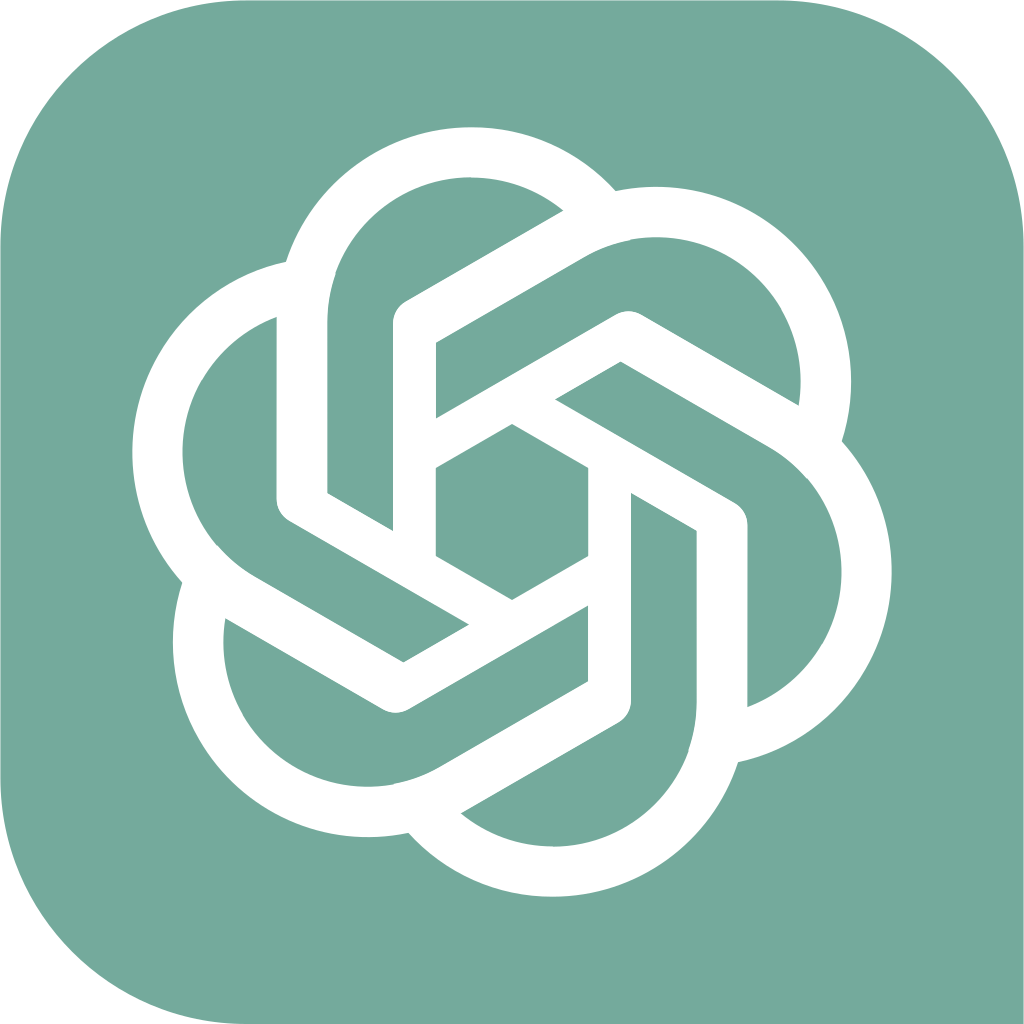
ChatGPT
ChatGPT has gained popularity for its ability to generate human-like text responses, making it useful for various applications, including customer support and content generation.

Brandwatch
Brandwatch is a digital consumer intelligence platform that offers AI-powered solutions for social media monitoring, trend analysis, and market research.

KNIME
KNIME is an open-source data analytics platform that enables users to visualize, analyze, and interpret data through a drag-and-drop interface.
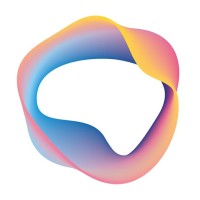
Talkwalker
Talkwalker is an AI-driven social listening and analytics platform that specializes in monitoring and analyzing online conversations and trends.

Power BI
Power BI, developed by Microsoft, is a powerful business analytics tool that offers interactive visualizations and business intelligence capabilities.
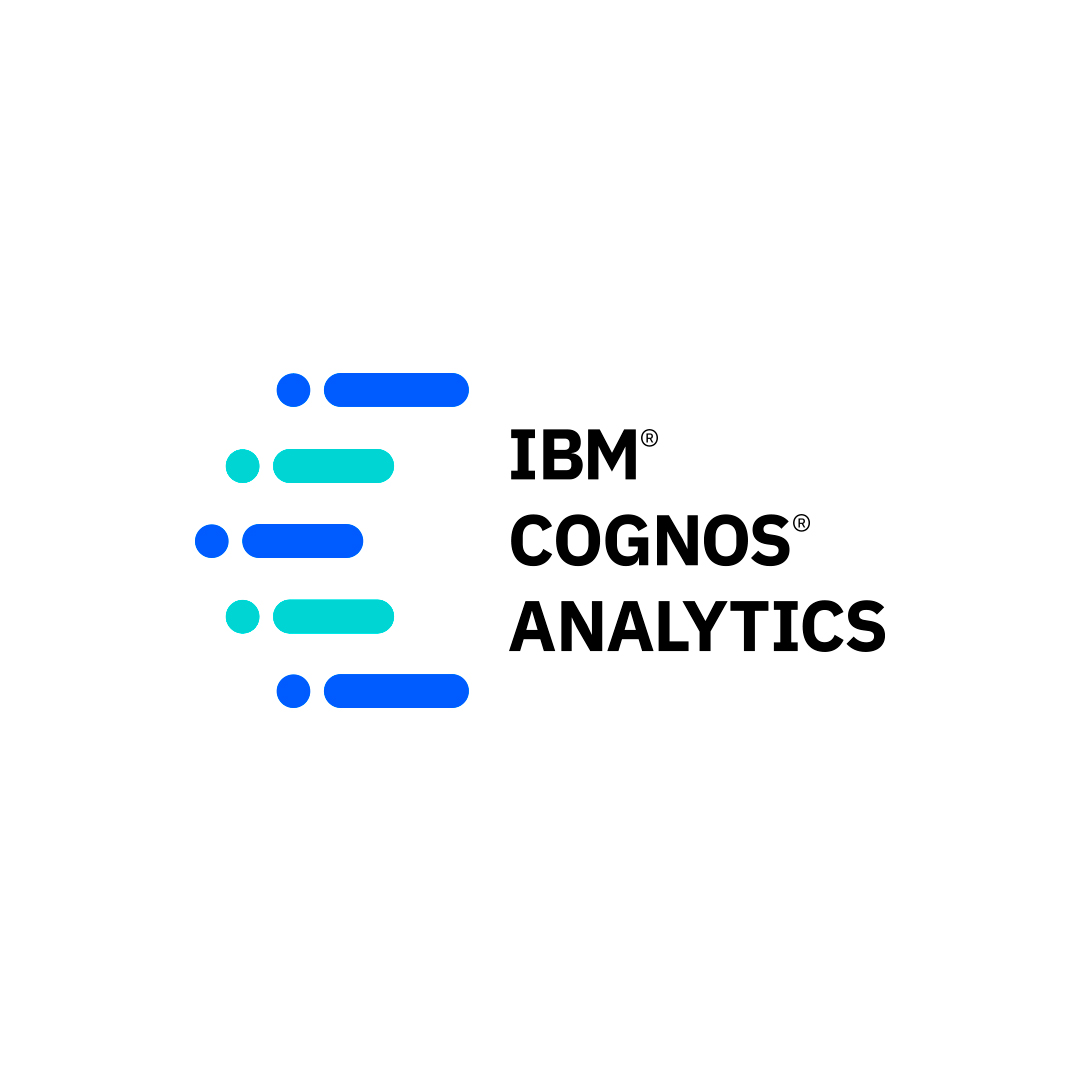
IBM Cognos
IBM Cognos Analytics is a comprehensive business intelligence tool that offers AI-powered data analysis, visualization, and reporting.

Qlik
Qlik is a leading data analytics platform that offers AI-powered solutions for data visualization, exploration, and trend analysis.
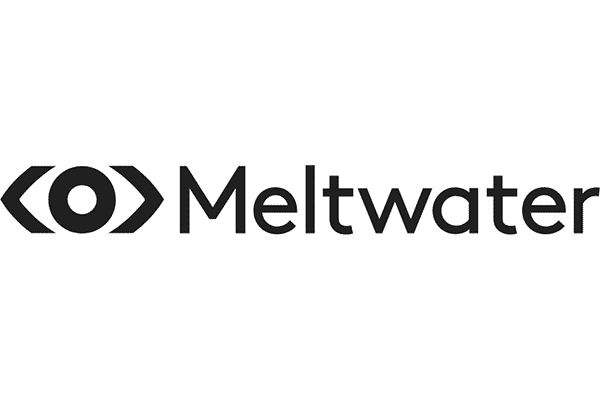
Meltwater
Meltwater is a media intelligence platform that offers AI-powered solutions for media monitoring, trend analysis, and market research.

Tableau
Tableau is a leading data visualization tool known for its ability to transform raw data into actionable insights through interactive dashboards.
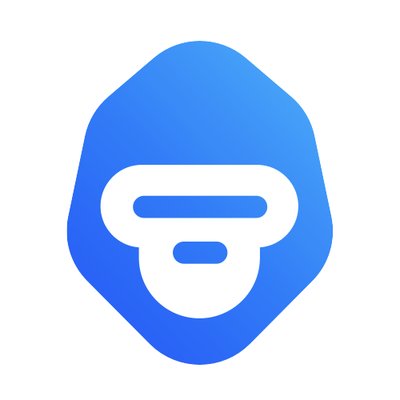
MonkeyLearn
MonkeyLearn is an AI-powered text analysis platform that helps businesses extract valuable insights from unstructured data.
ChatGPT
ChatGPT is a conversational AI model developed by OpenAI. It has gained popularity for its ability to generate human-like text responses, making it useful for various applications, including customer support and content generation. By leveraging natural language processing, ChatGPT can assist users in trend analysis by interpreting and summarizing large volumes of text data.
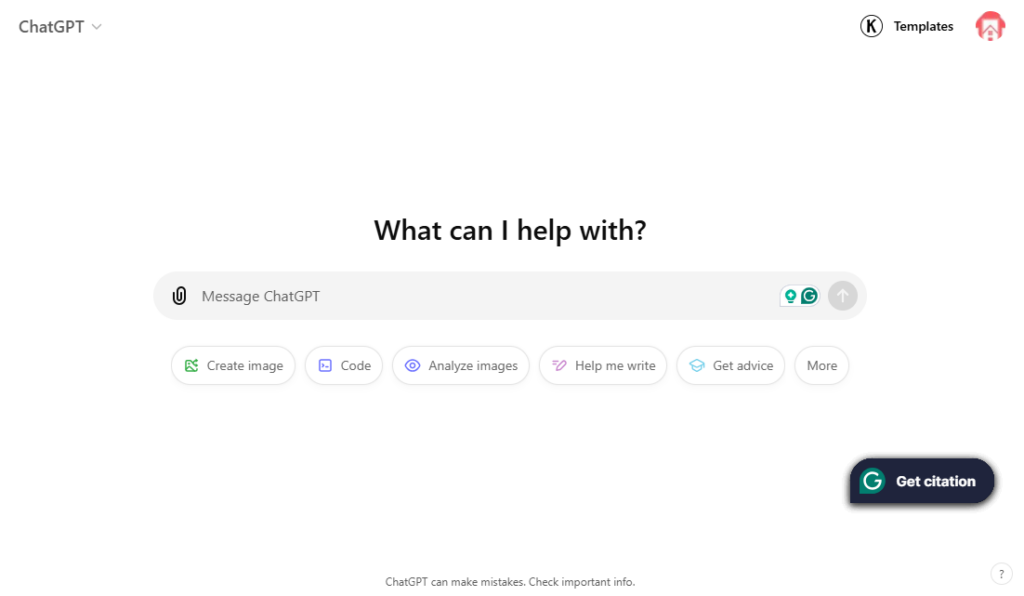
Features
- Natural language processing capabilities.
- Conversational AI model.
- Text summarization and interpretation.
- Integration with messaging platforms.
- Ability to handle large volumes of text data.
- Customization options for specific use cases.
- Continuous learning and improvement.
- Ability to generate human-like responses.
- Versatile applications across industries.
- User-friendly interface.
Pros and Cons
Brandwatch
Brandwatch is a digital consumer intelligence platform that offers AI-powered solutions for social media monitoring, trend analysis, and market research. It helps businesses understand consumer sentiment and make data-driven decisions.

Features
- AI-powered social media monitoring.
- Trend analysis and market research.
- Real-time data processing.
- Integration with popular data sources.
- Customizable dashboards and reports.
- Collaboration tools for team use.
- Mobile accessibility.
- Strong community and support network.
- Scalable for enterprise use.
- Covers 1.4 trillion social media posts and 100 million online sources.
- Monitors around 500 new posts daily in real time.
- Uses AI to analyze text and images for key insights.
- Allows segmentation by sentiment, demographics, and custom categories.
- Provides 50+ data visualization options for in-depth reporting.
Pros and Cons
See Also: 7 Best AI Tools for Data Analysts
KNIME
KNIME is an open-source data analytics platform that enables users to visualize, analyze, and interpret data through a drag-and-drop interface. It supports integration with various data sources and provides a range of analytics tools for trend analysis and predictive modeling.
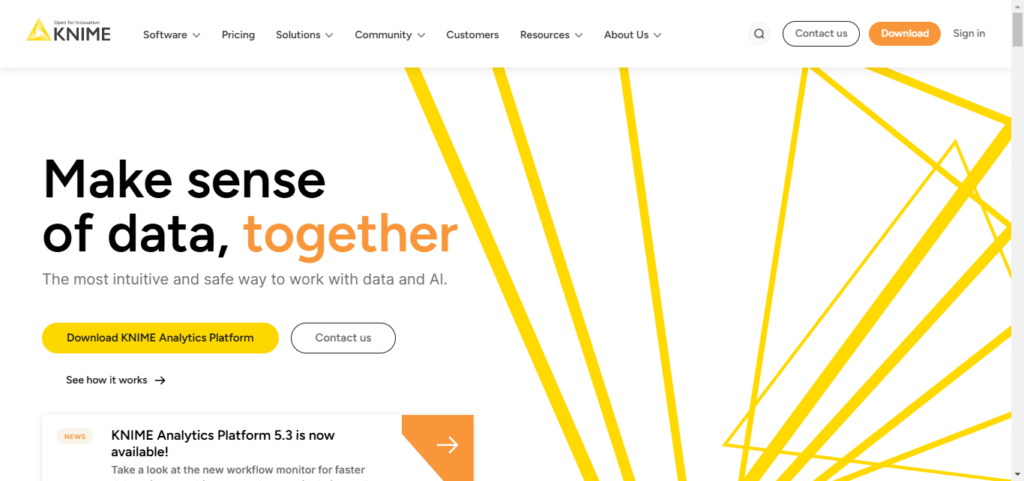
Features
- Drag-and-drop interface for ease of use.
- Integration with diverse data sources.
- Support for predictive modeling.
- Customizable workflows.
- Data visualization capabilities.
- Collaboration features for team use.
- Open-source with no license cost.
- Community support and resources.
- Regular updates and enhancements.
Pros and Cons
Talkwalker
Talkwalker is an AI-driven social listening and analytics platform that specializes in monitoring and analyzing online conversations and trends. It enables businesses to track brand sentiment and uncover consumer insights.
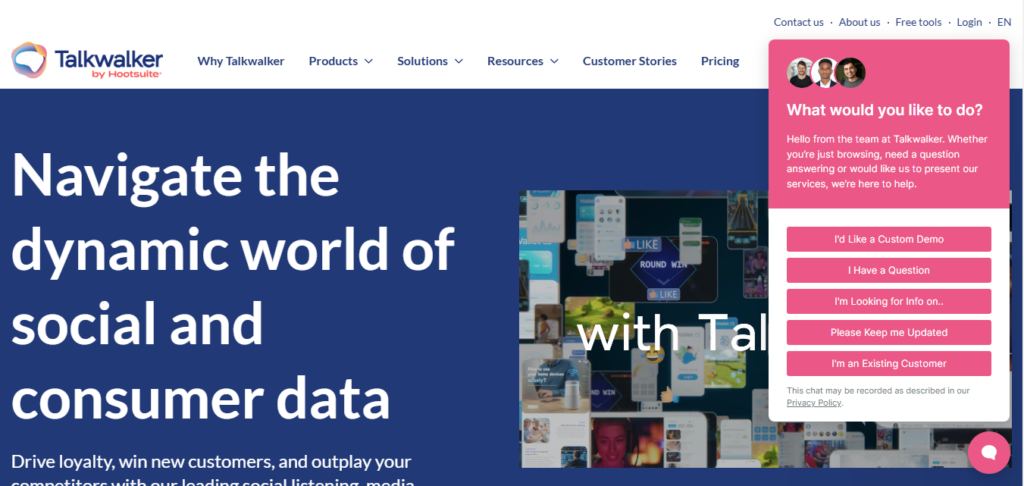
Features
- Comprehensive social media monitoring.
- Image recognition capabilities.
- Real-time alerts and custom reports.
- Looks at billions of online conversations to understand brand perception.
- Gives insights from reviews to learn about customer behavior and feelings.
- Provides important industry trends for staying competitive.
- Analyzes feelings in multiple languages, with detailed results by country and media type.
- Filters data based on influencer reach, engagement, and hashtags.
Pros and Cons
See Also: 10 Best AI Tools For Social Media Management
Microsoft Power BI
Power BI, developed by Microsoft, is a powerful business analytics tool that offers interactive visualizations and business intelligence capabilities. It allows users to connect to multiple data sources, create reports, and share insights across their organization.
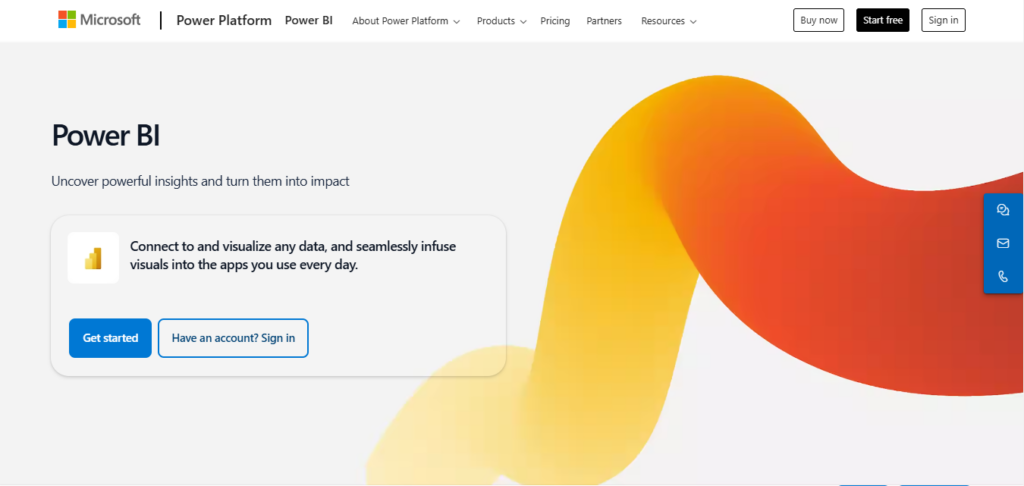
Features
- Interactive data visualizations.
- Seamless integration with Microsoft products.
- Access to multiple data sources.
- Customizable dashboards and reports.
- Real-time data updates and alerts.
- Offers 32+ types of insight cards with graphs and charts for easy interpretation.
- Collaboration tools for team use.
- Mobile accessibility.
- Advanced analytics and AI capabilities.
- Strong community and support network.
- Scalable for enterprise use.
- Connects with CRM systems and third-party services.
- Uses advanced tools to spot and analyze data trends.
- Updates dashboards in real time via the Power BI REST API.
- Works well with Microsoft tools, especially Excel.
Pros and Cons
IBM Cognos Analytics
IBM Cognos Analytics is a comprehensive business intelligence tool that offers AI-powered data analysis, visualization, and reporting. It enables users to explore data, uncover trends, and share insights across the organization for informed decision-making.
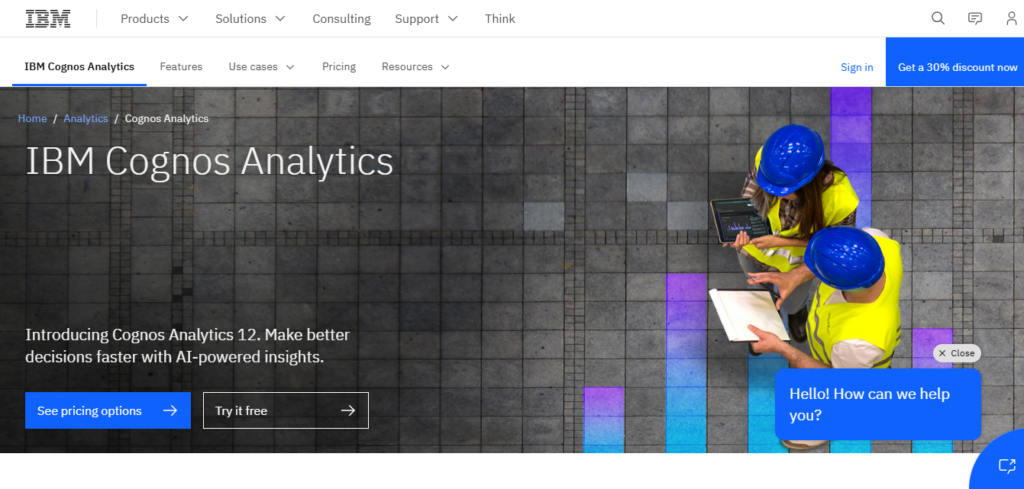
Features
- AI-powered data analysis and visualization.
- Integration with multiple data sources.
- Advanced analytics and predictive modeling.
- Collaboration and sharing features.
- Scalability for enterprise use.
- Regular updates and enhancements.
- Facilitates cleaning, connecting, and preparing data for analysis.
- Tools for creating interactive dashboards, enterprise reports, and visualizations.
- Automates data visualization and predictive analytics using AI.
- Enables interaction with the platform through natural language queries.
- Balances user requirements with data integrity and governance.
Pros and Cons
See Also: 8 Best AI Personal Assistants
Qlik
Qlik is a leading data analytics platform that offers AI-powered solutions for data visualization, exploration, and trend analysis. It enables users to discover meaningful insights from their data and make data-driven decisions.
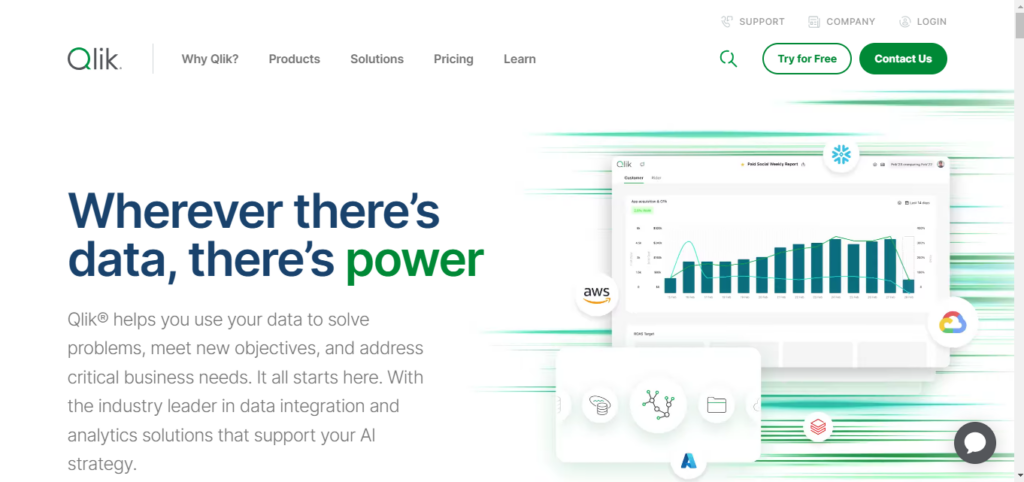
Features
- AI-powered data analytics platform.
- Interactive data visualization and exploration.
- Integration with multiple data sources.
- Real-time data updates and alerts.
- Advanced analytics and predictive modeling.
- Strong community and support network.
- Scalable for enterprise use.
- Compresses and processes large data volumes for rapid analysis.
- Handles data extraction, transformation, and cleaning from multiple sources.
- Eases data preparation with AI-powered connection suggestions.
- Provides diverse visualization options for in-depth data exploration.
- A central access point for apps, data management, and version control.
- Creates visualizations based on keywords you type or fields you choose from the dashboard.
- Provides insights based on your prompts or instructions.
- Reveals hidden insights from overlooked data, like non-buying customers or unused channels, using the Qlik Associative Engine.
- Allows you to pick data fields and customize visualizations.
- Displays AI-suggested data links to explore further.
Pros and Cons
Meltwater
Meltwater is a media intelligence platform that offers AI-powered solutions for media monitoring, trend analysis, and market research. It helps businesses understand media impact and make data-driven decisions.
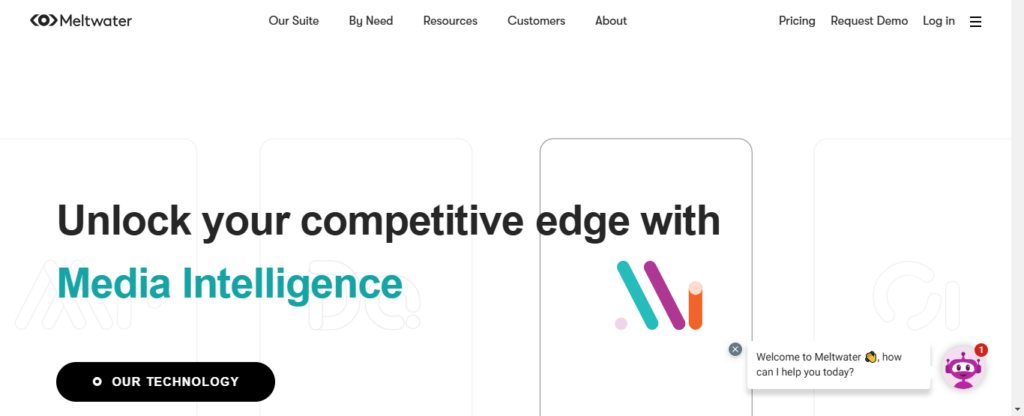
Features
- AI-powered media monitoring platform
- Gives a full view of customers and industry trends.
- Tracks content from 270,000+ sources (news, blogs, forums, podcasts, etc.), showing trends, brand mention volume, sentiment, top influencers, and locations.
- Uses real-time data from social media and reviews to spot changes in consumer behavior and compare with competitors.
- Automates updates on competitor events, like acquisitions, to help with sales.
- Uses AI to track social media talk about your brand, sparking ideas, improving customer experience, or alerting to crises.
- Follows brand, market, and competitor trends.
- Offers interactive charts for campaign analysis.
- Shows trends in media and social conversations.
- Provides insights on competitor strategies.
- Finds key influencers to enhance brand engagement.
- Trend analysis and market research.
Pros and Cons
Tableau
Tableau is a leading data visualization tool known for its ability to transform raw data into actionable insights through interactive dashboards. It empowers users to create visual representations of trends, helping them understand complex data quickly and effectively.
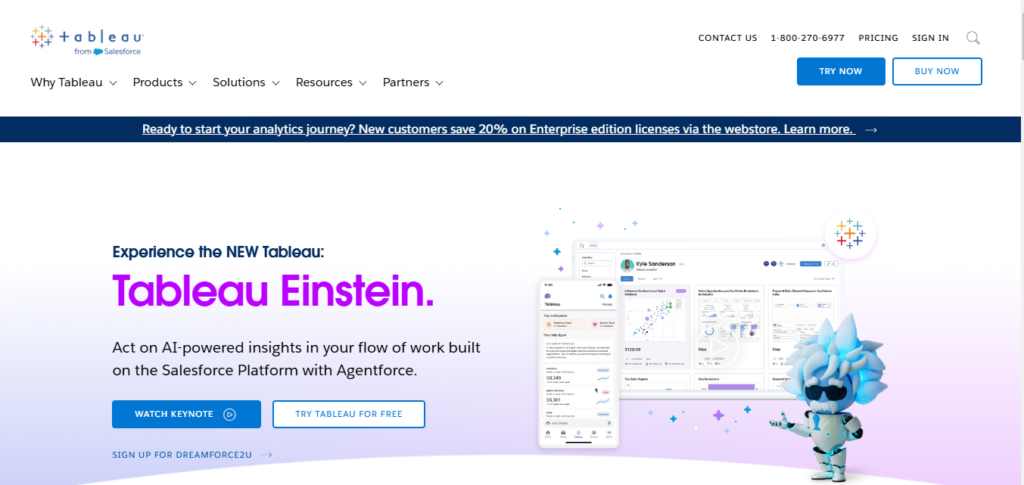
Features
- User-friendly drag-and-drop interface.
- Interactive dashboards for data visualization.
- Real-time data analysis and updates.
- Extensive range of chart types.
- Advanced analytics features.
- Collaboration tools for team use.
- Strong community and support network.
- Integration with other business applications.
- Interact with data easily without programming skills.
- Create and modify dashboards and reports instantly.
- Seamlessly share reports with users and teams.
- Works with small to large databases.
- Offers various ways to visualize data.
- Available for both cloud and local installations.
Pros and Cons
See Also: 7 Best Tools For Data Cleaning for Analysts
MonkeyLearn
MonkeyLearn is an AI-powered text analysis platform that helps businesses extract valuable insights from unstructured data. It offers tools for sentiment analysis, keyword extraction, and topic classification, enabling users to understand trends and make informed decisions.

Features
- AI-powered text analysis platform.
- Sentiment analysis and keyword extraction.
- Topic classification and categorization.
- Real-time data processing.
- Integration with popular data sources.
- Customizable models and workflows.
- User-friendly interface.
- Collaboration tools for team use.
- Scalable for enterprise use.
- Support for multiple languages.
- Offers tools for instant data analysis and visualization based on user needs.
- Automatically sorts data by topic and extracts product features or user information.
- Works with existing tools and systems.
Pros and Cons
Conclusion
Incorporating trend analysis AI software into your business strategy can revolutionize how you analyze data and make decisions. With the right tool, you can gain insights faster, predict market trends, and stay ahead of the competition. Each tool mentioned has its unique strengths and potential drawbacks, so consider your specific needs carefully. Whichever solution you choose, integrating AI into your operations is a step toward a smarter, more data-driven future.
FAQs
What is trend analysis software?
Trend analysis software uses AI and machine learning algorithms to analyze data and identify patterns or trends. It’s used by businesses to make informed decisions by predicting future outcomes based on current and historical data.
Why should I use AI tools for trend analysis?
AI tools enhance the accuracy and speed of data analysis, allowing businesses to gain insights that would be difficult or impossible to detect manually. They automate complex processes, reducing the margin for error and freeing up time for strategic planning.
How do I choose the best AI tool for my business?
Consider your specific data needs, budget, and technical capabilities. Look for tools that integrate seamlessly with your existing systems and offer features that align with your goals. It’s also beneficial to choose tools with strong support and training resources.




